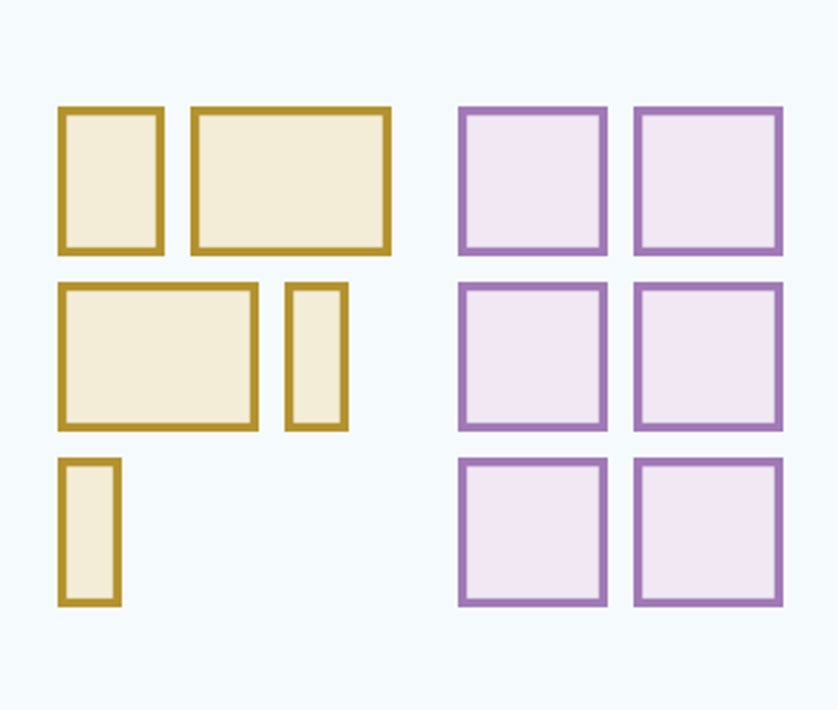

Web languages need regular upgrades in order to stay current and solve new problems faced by web developers. HTML5 is the latest version of HTML.
There are three necessary elements, namely, html, body and head that can be only used once on a page. That’s because they provide the base structure. But most other elements can be used multiple times on a page and there are a few elements that show up in nearly every web page created. So, let’s take a look at some of them here.
Paragraph Element:
The paragraph element is one of the most common elements and as you might have guessed it defines a paragraph.
Line Break:
As with print media, a paragraph creates a line break below it to visually separate it from other paragraphs.
This is used to emphasize a semantic separation of content. The same structure is used in a novel or a magazine.
Block Elements:
Elements that create the spacing below themselves are called block elements. Block elements appear vertically
down the left-hand side of a page at least until they are styled by CSS. Examples of block elements are div, article, table, and many more.
Headings:
Paragraphs and headings work in concert to create the majority of the text content of a web page and its structure.
HTML has six heading elements, which are numbered 1 through 6. h1 is the most significant and usually contains the title of the content –
Not to be confused with the title that appears in the browser tab we mentioned earlier. h2 represents a subsection.
h3 and so on represent identifiers of further subjects in subsections until we get to h6.

I guarantee to yield and often times exceed the expected design & engagement for my clients and users.

Black is the color that does not emit or reflect light in any part of the visible spectrum. It absorbs all frequencies of light.

I focus on driving brand and product management and engagement for my clients via technology and design.